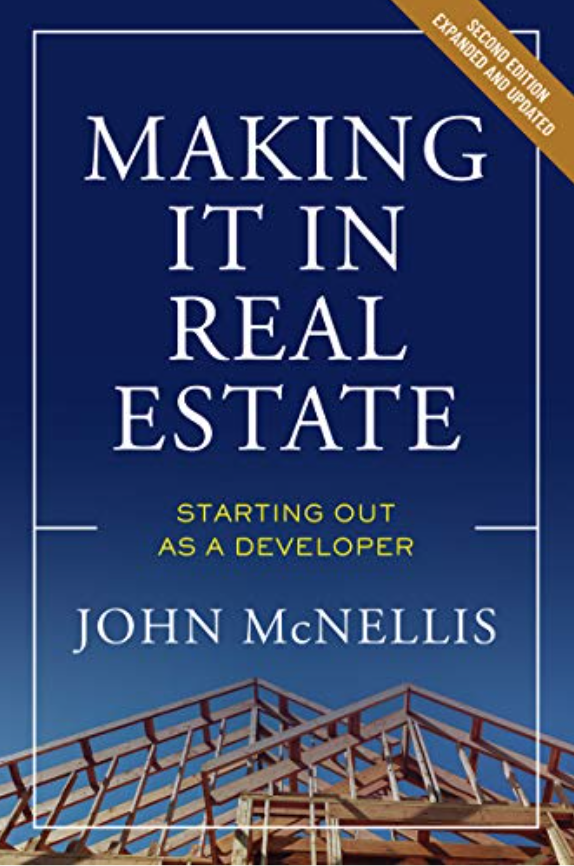Retail landlord finds hope amidst the rubble.
July 1, 2011
In Red Square, Russia stages day-long parades to display its military might; troops, tanks and world-ending rockets endlessly rumble past somber dignitaries. In capitalism’s Red Square—the Las Vegas Convention Center—the flaunting is the same, only the object is different. In Vegas, it’s all about the money. When the International Council of Shopping Centers thunders into town with its parade of tens of thousands of deal-twirling brokers, tenants and developers, the Convention Center has everything but Moscow’s snowy review stand. If not Putin, Mikhail Prokhorov would feel right at home.
In the days of irrational exuberance, a cell phone was as useful as a can with a string at this annual gathering. The buzzing roar of 50,000 attendees convincing themselves they were making deals drowned out every phone in the ZIP code (the Convention Center has seven such codes; it’s bigger than Florida). If you needed a phone fix, you borrowed someone’s compass and hiked for the exit.
That was three years ago. This year you could carry on a whispered call from anywhere in the hall. Why? A senior spokesman for the nation’s best-known investment-sales brokerage explained it thus: “The 2000s were off the charts in terms of our annual volumes. Let’s say our gross volume—adding up all the sales we did—for the 25-year period from 1975 to 2000 averaged $100 a year. For the 2000s, that volume was $400 a year, four times higher. This year our volume is $50, half of what we did in our historical normal period, an eighth of what we were doing a couple years ago.”
Investment sales off nationally by 87 percent neatly explains the hall’s improved acoustics, but causes one to question why 30,000 still bothered to attend. Was everyone really getting leases done or, stealing Samuel Johnson’s remark about second marriages, was this another example of hope triumphing over experience?
Looking at the lease as half-signed, this year was better than last, some renovation deals were being made and that shell-shocked look so popular last year has at last gone out of vogue. “Are you talking or are you making deals,” someone asked. “We’re talking about making deals…in 2012,” came the reply. “Nothing new walked into our booth,” said a national grocery executive. “Every deal we saw was a reuse of an empty box.”
And that’s how it seemed to be going for everyone. No new site plans, no new ground-ups and no new deals in the “path of growth,” the developer’s euphemism for “a mile outside of town.” Instead, the professionals seem to be slowly picking up crippled, de-anchored centers and, even more slowly, finding tenants for their empty storefronts. While “rehab is for quitters” may be the old drinker’s joke, this year every property owner out there is trying to rehab his way back to prosperity.
2010’s only real winners are the national discounters who are scooping up leases from here to Kennebunkport at rents that wouldn’t make sense if your grandmother gave you the building (back to why deal flow is off 87 percent). “What kind of deals are you making out there,” a discounter was asked. “Four dollars a foot…a year, as-is, in major Midwest markets. We’re seeing the best intersections in town with empty boxes on three of four corners, and we’d take any one. The landlords are crushing each other to make a deal with us.”
But properly viewed, $4 a foot a year is still good news—it’s proof that deals are finally clearing, that the miracle of capitalism is still working for us. Four dollars a foot is better than nada and, at that rent, the tenants can’t help but do great. Their profits will soar, and they will soon enough be chasing new deals at higher rents.
Even property sales are slowly returning. We attended the auction of a five-acre vacant car dealership with a pinch of retail appeal and some prospects of a brighter future a few years out. The lender had foreclosed its $6.5 million note 14 months ago and listed the property for $3.5 million. No takers. After a year of nothing, they reduced their price to $1.8 million. No takers, but at least some nibbling in the millionish range. At the end of the listing day, the lender was willing to accept $1 million, not a penny less; there were still no takers. The clever, including your correspondent, thought the elevator was dropping a few more floors.
So the lender punted the listing and put the property out to auction a few weeks ago. The crowd of about 40—a few real-estate types, mostly car guys—was enthusiastic, and the auctioneer promised us a “heck of an auction.” Then he put everyone to sleep reading five minutes’ worth of fine print. The main point: This property is selling so as-is that if you even think about calling us after the closing, we get your first-born.
Finally, just like at the county fair or every charity auction you’ve ever attended, he kicked in his motor voice. In a couple minutes it was over. He blew past our maximum price ($800,000) in about 10 seconds. The bidding came down to two car guys, one wanting it $25,000 worse than the other, paying $1.3 million.
I’m not sure it ever really left, but competition is back. And, yes, had he been more limber, your correspondent might have kicked himself for not buying the site for $1 million.


